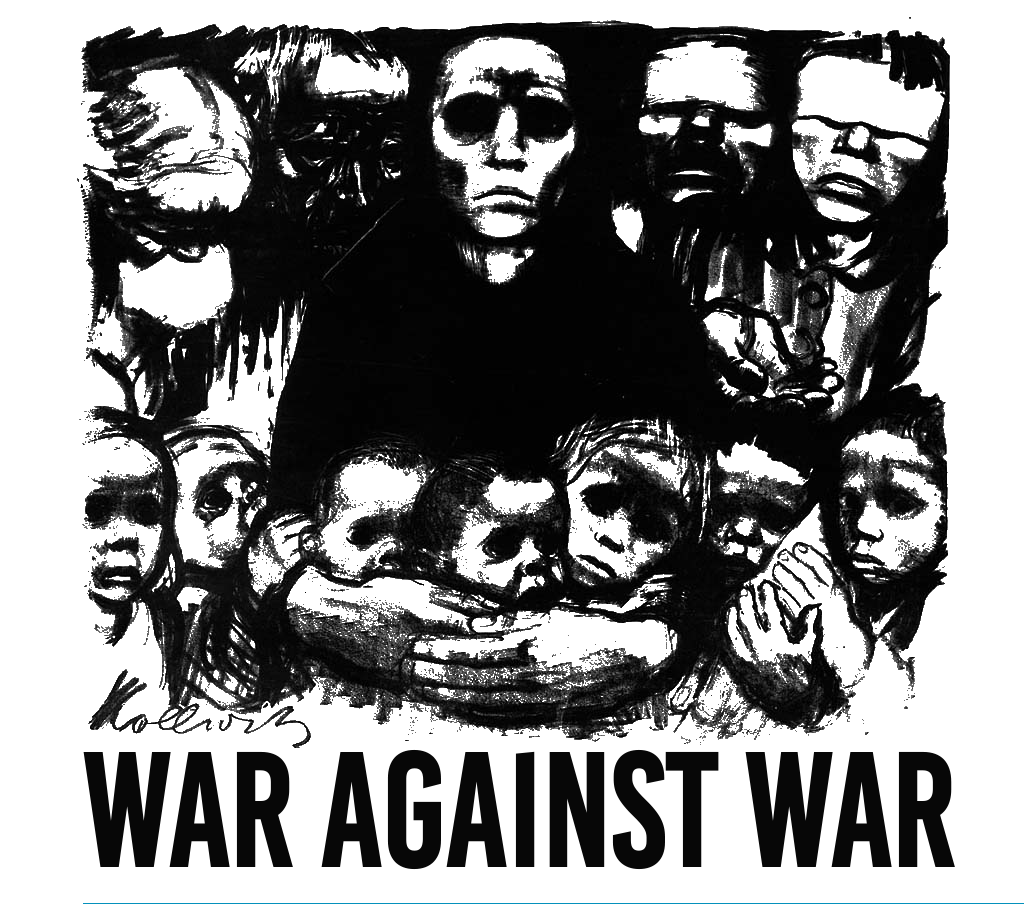This article examines trends in organized violence based on new data from the Uppsala Conflict Data Program (UCDP). In 2023, fatalities from organized violence decreased for the first time since the rapid increase observed in 2020, dropping from 310,000 in 2022 to 154,000 in 2023. Despite this decline, these figures represent some of the highest fatality rates recorded since the Rwandan genocide in 1994, surpassed only by those of 2022 and 2021. The decrease was primarily attributed to the end of the conflict in Ethiopia’s Tigray region, which accounted for about 60% of battle-related deaths in both 2022 and 2021. Despite this positive development, the number of active state-based armed conflicts increased by three in 2023, reaching the highest level ever recorded by the UCDP, totaling 59. Non-state conflicts and one-sided violence decreased in 2023 when compared to 2022, evident in both the reduction of the active conflicts/actors and the decrease in fatalities attributed to these forms of violence. However, despite this overall decrease, fatalities resulting from non-state conflicts remained at historically high levels in 2023. Analysis of non-state conflict data spanning the past decade reveals that it comprises the ten most violent years on record. Organized crime groups have predominantly fueled this escalation. Unlike rebel groups, organized crime groups typically lack political goals and are primarily motivated by economic gain. Conflicts between these groups tend to intensify around drug smuggling routes and in urban areas, driven by shifts in alliances and leadership dynamics among the actors.
This was originally published on SAGE Publications Ltd: Journal of Peace Research: Table of Contents.
